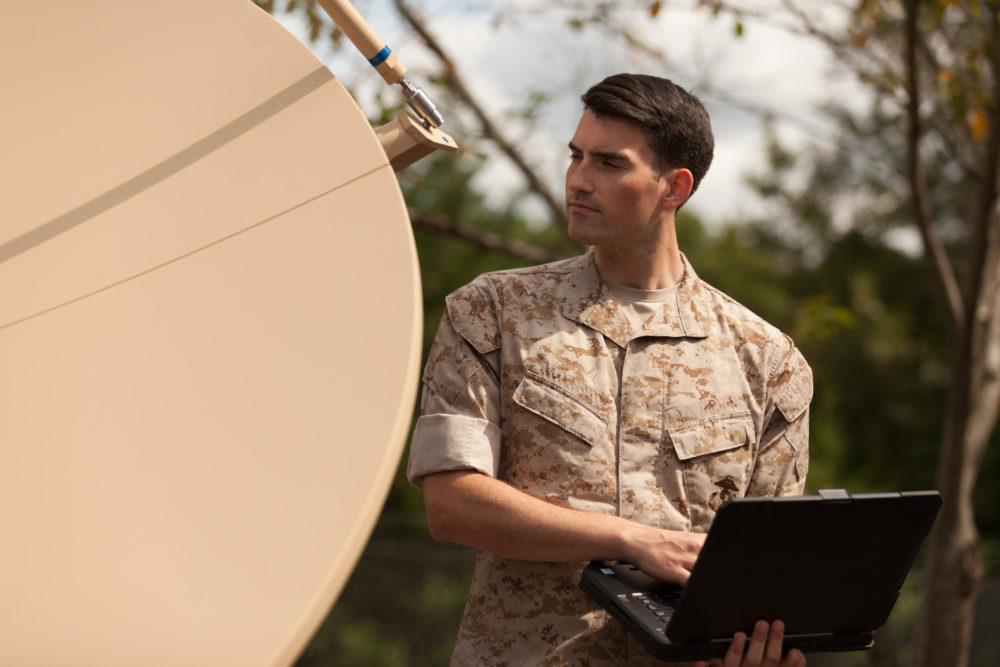Delivering network connectivity and advanced IT capabilities to ships at sea requires satellite. There simply isn’t a viable and reasonable alternative for delivering information to the middle of an ocean. This is why the Navy and many other maritime-focused federal agencies rely on satellites for keeping their sailors and ships at sea connected to senior leaders back home.
These ships receive a large number of services and capabilities thanks to their satellite connectivity. Satellite enables the sharing of high definition, actionable ISR data, it delivers morale welfare and recreation (MWR) services and it enables those onboard access to applications and IT services usually reserved for warfighters with two feet firmly planted on the ground.
However, today’s advanced applications – including SaaS and cloud services – and the need for increasingly high-quality ISR is drastically increasing the bandwidth requirements of ships at sea. This sentiment was shared by Paul Damphousse, the Senior Director for Business Development at SES Space and Defense, who said, “The requirements for throughput by themselves are increasing. That has a lot to do with where technology is going in general, where the demands of our naval leaders are going and where our required capabilities are going.”

Maritime agencies and the U.S. Navy are also innovating new technologies and platforms that can deliver enormous tactical advantages to our military while preserving the life of American servicemen and women. These new platforms – including autonomous and unmanned platforms – have immense upside, but also come with the downside of further driving up bandwidth requirements.
As Damphousse explained, “…more and more maritime systems are becoming network-enabled. In addition to our traditional manned ships, submarines, and aircraft, the Navy is incorporating new unmanned semi-autonomous and autonomous platforms. All that data has to move throughout the battlespace or backhauled to operations centers.”
Combined, these new applications, advanced technologies and innovative platforms are forcing the Navy and other maritime-focused government organizations to find a way to deliver higher throughput and higher bandwidth connectivity to ships at sea.
According to a new whitepaper, “High Throughput on the High Seas,” from SES Space and Defense, the answer may still be right in front of them – or, more accurately, above their heads.
In the white paper, they analyze increasing maritime bandwidth demands, and look at how today’s new MEO and HTS constellations can deliver the requisite fiber-like connectivity that these organizations need all via satellite.
Regardless of where on the ocean ships may be stationed or traveling, the steerable beams of this next generation of satellites can reach them. And with their closer proximity to Earth, and focused spot beams, they can deliver extreme throughputs with much lower latency – making them perfect for powering the most bandwidth-hungry of applications.
